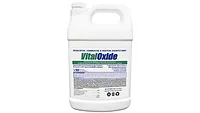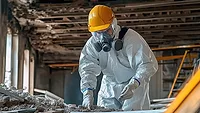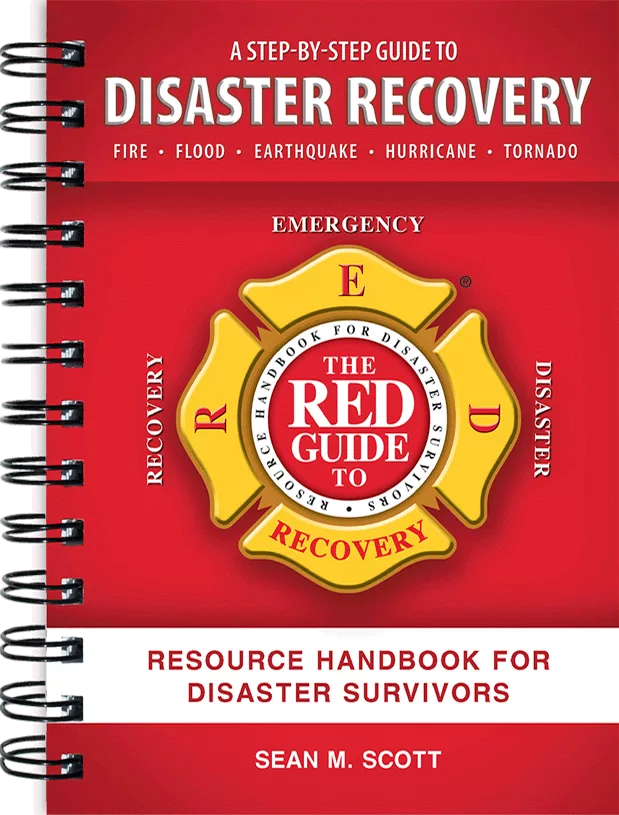OSHA’s Guide for Cleaning/Decontaminating Ebola-Infected Surfaces
OSHA has unveiled updated guidelines for cleaning and decontaminating such surfaces in non-healthcare and non-laboratory settings.

 The first case of Ebola in the United States was confirmed on September 30, 2014 when Thomas Eric Duncan was diagnosed after traveling to Dallas, TX from Liberia. Since Duncan’s diagnosis, two nurses that treated him and a New York City medical aid worker have also been diagnosed with the virus. Several more have been placed under surveillance and it’s needless to say that the limited number of cases of Ebola in the U.S. have set off quite the stir.
The first case of Ebola in the United States was confirmed on September 30, 2014 when Thomas Eric Duncan was diagnosed after traveling to Dallas, TX from Liberia. Since Duncan’s diagnosis, two nurses that treated him and a New York City medical aid worker have also been diagnosed with the virus. Several more have been placed under surveillance and it’s needless to say that the limited number of cases of Ebola in the U.S. have set off quite the stir.
While officials say that the likelihood of an Ebola outbreak in the United States is still very slim, it’s important for bio-remediation professionals to know how to properly clean potentially contaminated surfaces if they’re called into such a situation. On that note, OSHA has unveiled updated guidelines for cleaning and decontaminating such surfaces in non-healthcare and non-laboratory settings. While we’ve covered some of the main points of the document below, you can see the guidelines in their entirety by clicking here.
Cleaning and Disinfection Guidelines
- Immediately clean and disinfect surfaces contaminated with blood, urine, feces, vomit or other body fluids that are suspected or known to contain the Ebola virus.
- Isolate areas of suspected Ebola virus contamination until decontamination is completed to minimize exposure to individuals not performing the work.
- Treat any visible contamination with a suitable disinfectant.
- To assure complete disinfection, further disinfect the surface after the bulk material(s) has been removed using a suitable disinfectant.
- Avoid cleaning techniques, such as using pressurized air or water sprays, that may result in the generation of bio-aerosols.
Disinfectants for Ebola
- Use an EPA-registered disinfectant suitable for non-enveloped viruses (e.g., norovirus, rotavirus, adenovirus, poliovirus) to treat contamination/spills and to disinfect surfaces. Non-enveloped viruses are typically more difficult to destroy than enveloped viruses, such as Ebola. Stronger disinfectants used to destroy non-enveloped viruses are considered effective against more susceptible enveloped viruses.
- See EPA “List L” of selected registered antimicrobial products that meet the CDC criteria for use against the Ebola virus here: www.epa.gov/oppad001/list-l-ebola-virus.html.
- Follow manufacturer instructions for the specific disinfectant.
- When EPA-registered disinfectants are unavailable, a 10% solution of common household bleach in water (e.g., 1 cup of bleach in 9 cups of water) may be an effective alternative.
- Never mix chemicals together.Certain combinations of chemicals can be deadly or can reduce the effectiveness of the disinfectant.
Waste Disposal
- Dispose of waste from surface cleanup in accordance with OSHA’s Bloodborne Pathogens standard, 29 CFR 1910.1030; CDC guidelines, www.cdc.gov/vhf/ebola/hcp; and U.S. Department of Transportation’s (DOT) Hazardous Materials Regulations (HMR), phmsa.dot.gov/hazmat/transporting-infectious-substances.
PPE
Examples of PPE that may be needed during cleaning and decontamination include:
- Nitrile gloves (consider double gloving, including heavy-duty rubber gloves over nitrile)
- Goggles or face shields
- Fluid-resistant or -impermeable gowns, coveralls, and aprons
- Facemasks (e.g., surgical masks) that cover the nose and mouth
- Dedicated work clothing and washable shoes with shoe/boot covers
In some cases, additional respiratory protection (e.g., N95 or powered air-purifying respirators, or better) may be necessary to protect workers from exposure to Ebola and/or disinfectants. Depending on the hazards posed by the size of a spill, degree of contamination, or other factors, required PPE may be different.
After cleaning and disinfection work is complete, remove PPE in a way that avoids self-contamination.
To read the complete updated Ebola cleaning and decontamination document, click here.
Looking for a reprint of this article?
From high-res PDFs to custom plaques, order your copy today!







